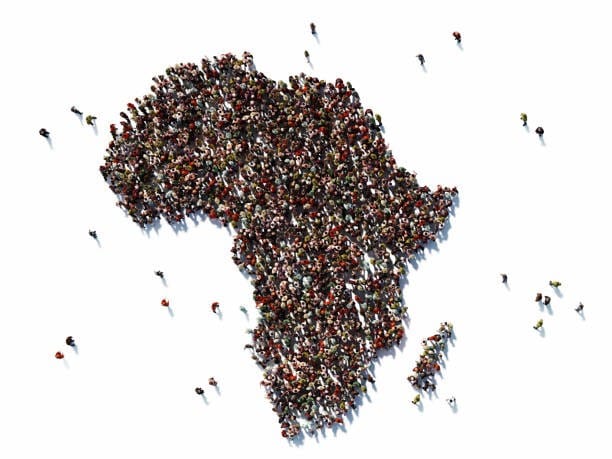In Summary
- Africa’s population boom continues into 2025, with Nigeria surpassing 235 million people. Ethiopia and Egypt follow closely, reflecting the continent’s rapid demographic shifts.
- While some countries see economic opportunities in their growing populations, others struggle with resource management and infrastructure demands. This population surge influences everything from urbanization to labor markets, shaping Africa’s future.
- With birth rates remaining high and mortality rates declining, here are the top 10 most populous African countries in early 2025, based on the latest data from Worldometer.
Deep Dive!!
10. Algeria
Algeria’s population reaches 47.1 million in 2025, maintaining a steady growth rate. While the country has invested in education and healthcare, economic challenges and youth unemployment remain major concerns.
Government policies have focused on industrial diversification to support the rising population, but migration trends continue to influence Algeria’s demographic landscape.
9. Uganda
Uganda’s population surpasses 50.7 million, driven by one of the highest fertility rates in Africa, at around 5.4 children per woman. With over 75% of its population under 30, Uganda has a massive youth workforce.
The government’s push for industrialization and job creation has accelerated in 2025, though challenges in education and healthcare remain.
8. Sudan
Sudan’s population stands at 51 million as of 2025, experiencing steady growth despite political instability. The country’s economic struggles have led to increased urban migration, particularly to Khartoum.
With high birth rates and improving healthcare, Sudan’s demographic expansion continues, but access to resources remains a pressing issue.
7. Kenya
Kenya’s population reaches 57 million, fueled by improved healthcare and a relatively high fertility rate. As one of East Africa’s economic hubs, Kenya’s growing labor force presents opportunities for innovation and entrepreneurship.
The government’s focus on Vision 2030 aims to harness this demographic boom, investing in infrastructure and digital transformation.
6. South Africa
South Africa’s population hits 64.4 million in 2025, growing at a slower pace than most African nations. With lower fertility rates and an aging workforce, the country faces economic shifts as its demographic structure changes.
Urbanization remains a dominant trend, with Johannesburg, Cape Town, and Durban seeing increased migration as job seekers move to metropolitan areas.
5. Tanzania
Tanzania’s population grows to 69.5 million, maintaining its status as one of Africa’s fastest-growing nations. High fertility rates and improving healthcare systems contribute to this rise.
The government has focused on industrialization and education to ensure the economy keeps up with the booming population. Meanwhile, urban centers like Dar es Salaam continue to expand rapidly.
4. Democratic Republic of the Congo
The DR Congo crosses the 111 million mark, solidifying its position as one of Africa’s most populous nations. Despite its vast natural resources, the country struggles with infrastructure deficits and governance challenges.
High birth rates and increasing urbanization are shaping DR Congo’s population growth, with Kinshasa emerging as one of the fastest-growing cities globally.
3. Egypt
Egypt’s population surpasses 117 million in 2025, maintaining its position as North Africa’s most populous country. The government has intensified efforts in family planning and economic reforms to manage this growth.
Cairo remains Africa’s largest metropolitan area, with urban expansion driving infrastructure investments and new housing projects.
2. Ethiopia
Ethiopia reaches 133.7 million people, securing its place as Africa’s second most populous country. With a predominantly young population, the country has significant economic potential.
Despite recent political tensions, Ethiopia’s push for industrialization and agricultural development remains key to sustaining its massive population.
1. Nigeria
Nigeria tops the list with an astonishing 235.1 million people in early 2025. The country’s high fertility rate and declining mortality rate contribute to this rapid growth.
With over 60% of its population under 25, Nigeria’s youth-driven economy holds both promise and challenges. While Lagos, Abuja, and Kano experience significant urban expansion, concerns over unemployment and infrastructure gaps persist.
https://www.africanexponent.com/top-10-most-populous-african-countries-at-the-start-of-2025/


